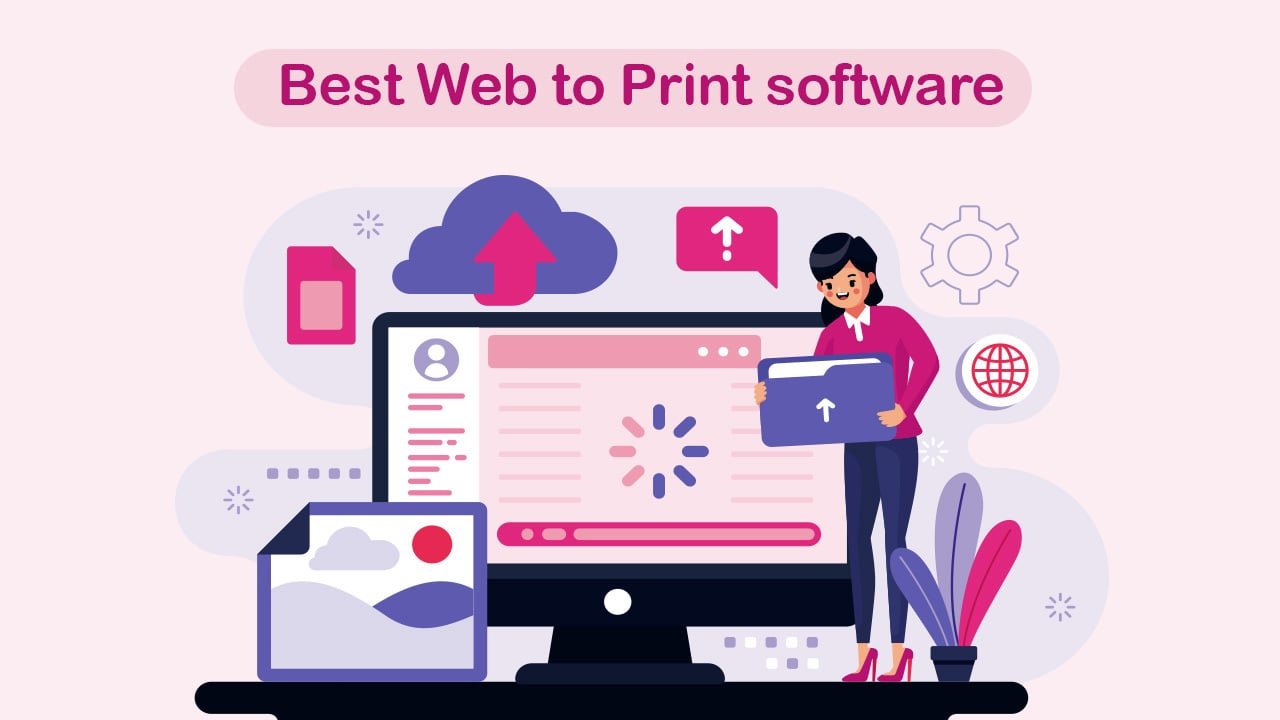In today's rapidly evolving digital landscape, businesses are constantly searching for ways to boost customer satisfaction while simplifying their operations. Web to Print -to-Print software has emerged as a transformative solution in the print industry, delivering a wealth of benefits that serve both print shops and their customers. By empowering users to tailor and order printed products online, these technologies not just make easier the ordering process but also give customers with increased control over their purchases.
As we explore the world of Web-to-Print solutions, we will examine how these cutting-edge tools are transforming the printing landscape. From improving order management and workflow efficiency to facilitating personalized printing experiences, Web-to-Print technology is at the cutting edge of enhancing the overall customer experience. Whether you're a print shop owner who wants to boost online sales or a business aiming to offer personalized products, comprehending the advantages of Web-to-Print technology is essential for remaining relevant in the current market.
Understanding Online Printing Services
Web-to-print solutions refer to a collection of technologies that allow businesses and consumers to produce, modify, and purchase printed products online. These solutions streamline the printing process by allowing users to upload designs, specify print parameters, and submit orders through a web interface. With the expanding reliance on digital platforms, web-to-print has become essential for print shops seeking to enhance their services and accommodate to an increasingly tech-savvy clientele.
At the heart of web-to-print solutions is the merging of e-commerce features with printing offerings. This blend allows customers to engage in tailored printing options without the requirement for direct interaction with sales representatives. By utilizing standardized templates and advanced design tools, users can create distinct products tailored to their specific needs, all while enjoying the convenience of online access and order tracking.
As the print industry transforms, web-to-print platforms have become more complex, incorporating functionalities such as variable data printing and systematized workflows. These improvements ease the administration of print orders, reduce turnaround times, and decrease errors. Furthermore, the scalability of web-to-print solutions ensures that businesses can grow and adapt to shifting market demands while maintaining a high level of customer satisfaction.
Advantages of Web-to-Print for Companies
Web-to-print solutions offer a variety of advantages that can significantly enhance the operational efficiency of businesses. One of the main benefits is the streamlining of the order system. With an all-in-one online system, customers can easily customize and place their print orders directly through a website, which reduces the risk of human mistakes commonly associated with conventional order taking. This streamlining leads into faster turnaround times and improved stock management, allowing businesses to more effectively meet client demands and expectations.
Another notable advantage is the ability to provide personalized experiences to customers. Web-to-print technology enables companies to offer customized products tailored to individual preferences. This capability not only boosts customer contentment but also promotes repeat business, as customers appreciate the option to create distinct items such as branded merchandise or personalized gifts. As consumers continue to seek tailored services, businesses leveraging web-to-print technology position themselves competitively in the market.
Lastly, web-to-print services contribute to cost reduction and opportunities for growth for companies. By automating multiple processes—from order management to inventory tracking—businesses can minimize operational costs and distribute resources more efficiently. Additionally, the scalability of web-to-print technology allows businesses to expand their services without large overhead; this scalability fosters growth opportunities in multiple segments of the printing sector. As a result, adopting web-to-print solutions not only enhances efficiency but also aids long-term business development strategies.
A Future of Web-to-Print Technology

As we anticipate the future, the prospects of online printing technology looks promising, driven by emerging developments and trends that promise to improve the customer experience. The integration of artificial intelligence and ML is set to change how print services work, enabling more tailored and streamlined product options. Companies will be able to anticipate customer preferences and automate workflows, making certain that bespoke orders are not only easy to place but also rapidly completed. This transition will enhance customers to engage more intimately with print brands as they receive custom solutions that meet their unique needs.
Green practices is also becoming a major focus in the print industry, and online printing services will play a crucial role in promoting sustainable practices. Upcoming technologies will allow print shops to fine-tune their materials and processes, reducing waste and lessening environmental impacts. Businesses will gradually adopt cloud-based solutions that enable remote operations and cut down on the need for material resources. This move not only boosts operational efficiency but also aligns with a rising customer expectation for ethical business practices.
Finally, the trend toward mass customization will continue to gain traction, with web-to-print technology at its core. Customers will demand more varieties for personalization, from custom branding to unique templates crafted to their tastes. With developments in variable data printing and automation, print providers will readily meet these requests, revealing new revenue streams and enhancing customer loyalty. As these technologies progress, print shops that adapt to these changes will find themselves strategically aligned to succeed in an increasingly competitive marketplace.
